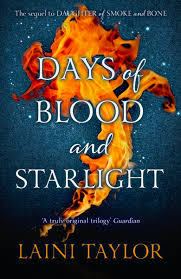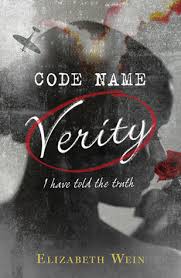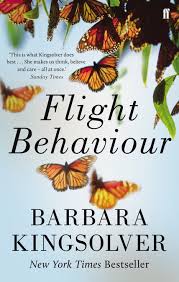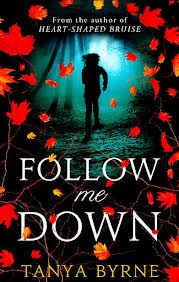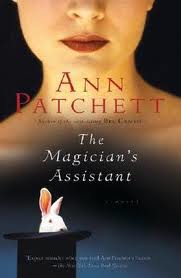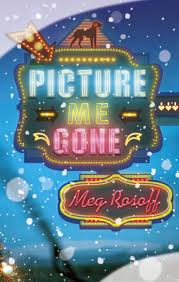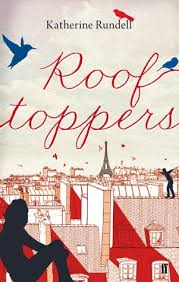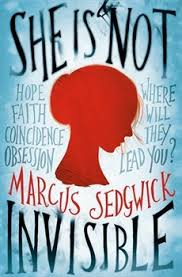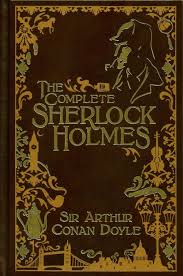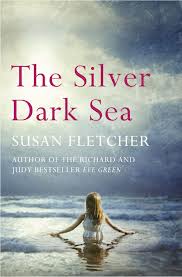My Writing Process
Many thanks to the novelist and radio dramatist Rachel Connor for passing the baton to me in the blog tour for #mywritingprocess. You can read her post here.
I’m fascinated by other people’s processes, and how differently we writers work, so I’ve been reading the blog tour with huge interest.
Here are my responses to the blog tour questions, thanks for reading!
What are you working on?
I’m often working on a few projects at different stages.
Right now I’m working on a new novel for young adults – working title Eden Summer. It’s a story about an intense friendship between two teenage girls, but I’m working on a supernatural twist that I’m really excited about. I wanted to explore grief and depression in a way that was life affirming and hopeful. It’s also becoming a song in praise of my beautiful home town, Hebden Bridge.
I’m also still editing my next book for younger children with Barefoot Books: Dara’s Clever Trap. It’s a retelling of a Cambodian folktale about a brave princess who is also a brilliant engineer. The first colour artwork samples have just come in from Martina Peluso and they are absolutely stunning. You can see more from Martina’s portfolio here.
This is always a really wonderful moment for me: seeing the characters brought to beautiful life through the imagination of the illustrator.
I’ve so enjoyed the collaborative process of working with Barefoot Books that I have written a whole blog post about it on the Living Barefoot site, here.
How does your work differ from others of its genre?
That’s hard to say! What I can say is that I’ve just started my third teenage novel, and although each one has belonged to a different genre – fantasy, thriller, contemporary YA – they all have a very strong and dynamic female lead character. This feels really important to me, to write about resourceful, likeable, complex girls and women who make decisions, speak and act for themselves.
Not that I’m the only one trying to do this, luckily! But neither is it as widespread as I’d like to see. I want my daughters – and everyone else’s – to read a huge variety of representations of girls and women, so their own lives and choices feel part of a vast continuum they can slot into wherever suits them.
Why do you write what you do?
Because I love young adult books! The best of YA fiction is the most exciting stuff around. It’s fearless. It’s genre-crossing and surprising. It has to be entertaining and passionate and honest, or it won’t be read.
Linked to that, teenage lives are so intense that they constantly throw out stories, like a fire sends out sparks. Young adults are grappling with the massive questions we all have to answer – who am I and what am I for? What do I really believe? Who do I love and do they love me? Chuck in real pressures: bullying, family conflict, self-image, depression, sex, drugs and alcohol – and surely there’s a narrative just begging to be told.
I’ve written another blog post about why I write children’s books, which you can read here.
How Does Your Writing Process Work?
My writing process gets clearer with every book and the thing I’ve just learnt is that it can’t be rushed.
I’m naturally a very impatient person who likes to get things done, ideally before the deadline. Novels don’t work like that.
The slow beginning of a new idea feels like trying to catch a butterfly in a teacup: the harder I try, the more impatient I get, and the more it dances out of reach.
I haven’t decided yet if the best solution is just to go get a life and keep busy with other things, or simply to keep writing - any old writing - to stay limbered up. Probably a bit of both!
Gradually, the new idea gets clearer. Scenes or characters can be captured and scribbled down, but it might take months for the shape to become clear. This is very frustrating for me.
If I can manage to keep the faith and plod along with the process, one remarkable day suddenly things become clear. I have a hook. I start writing: messy, excited, full of momentum. This is when I need to commit, put the hours in, and just get a first draft down.
I find it useful to get up early and write longhand at this point, then type up scenes later in the day, adding detail and coherence.
Towards the end of a draft is the best part for me. I am drawn to my laptop. It feels like having an affair. I stay up late to write – and I am absolutely not an evening person. I go a bit crazy at this point: the book feels more real than my actual life and normal interaction gets a little disorienting, but I am very happy indeed.
Finishing a draft is hard. I take a break from it and do admin. I might be a bit snappy. Then I start editing and get even snappier. I know some people love polishing and redrafting, but I find it rather hard work. Sheer effort without any of the excitement of discovery, rather a quieter satisfaction of pushing the piece to be the best it can be.
Sadly, I have to repeat this last stage at least three times more than I expect. Luckily, there are tools that can help.
My friend and colleague Bec Evans very helpfully introduced me to the concept of a ‘beat sheet’ when she read an early draft of my young adult thriller Maia. Adapted from a screenwriting technique, a beat sheet is an overview document of your work, scene by scene. Working backwards, you assess each scene for action, excitement and tension. This way, it’s much clearer to see if you have any saggy bits or plot holes or scenes that don’t pull their weight. I think this technique is probably similar to the ‘story-mapping’ that some writers do.
I found my beat sheet invaluable in redrafting and generally helping me manage the new material I wanted to add to the thriller. This time I’ve used one to map out the new idea I’ve just begun, and will adapt it to serve every draft I write.
Coming up next week:
Francesca Chessa lives in an old house in the centre of Turin with her husband. Her studio is colourful, full of books and looks over a small courtyard garden. She loves reading and watching movies. Francesca has illustrated more than thirty children's books, working with publishers in various parts of the world.
She now writes her own stories as well as illustrating those by others and likes to feature her family and friends in these. Francesca’s blog is: http://francescachessa.blogspot.it/
Anne Booth is married with four teenage children, two dogs and two hens. She’s done lots of different jobs, including teaching English in Italy, organising arts and crafts in a residential home, washing up in a restaurant, being a guide round a medieval building, lecturing in English Literature and working in bookshops. She has spent the last few years juggling caring for elderly parents with writing fiction and her first children's novel 'Girl with A White Dog' will be published by Catnip in March. Anne blogs at: bridgeanneartandwriting@wordpress.com
Fleur Hitchcock is a writer for nine- to-twelve-year-olds, and is the author behind the Story Adventure, Dear Scarlett and SHRUNK! Fleur blogs at http://fleurhitchcock.wordpress.com.

